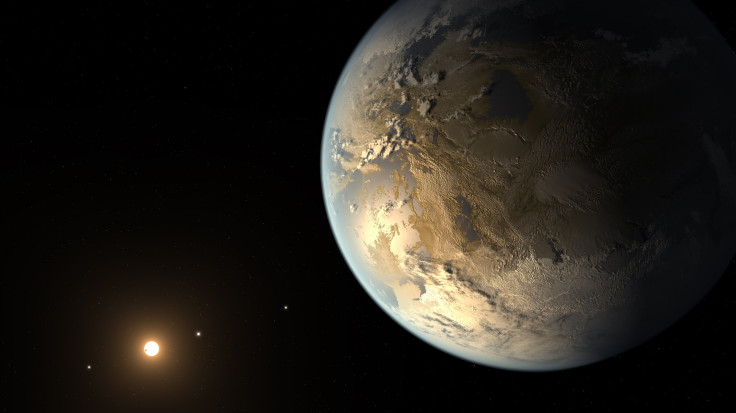Humans Could Find Alien Life Within This Century, SETI Astronomer Predicts

For decades, mankind has been scouring the cosmos in search of alien life. Numerous missions and observatories were launched to see if extraterrestrials or even microbial life could exist beyond this world, but the question has never been answered, at least with scientifically viable evidence.
The search still continues, but the scientific community has grown in confidence alien life would be discovered sooner than later. Recently, leading American physicist Michio Kaku posited the big find could happen any time before 2100 and now United States' astronomer Jill Tarter, who has been leading the search for extraterrestrial intelligence [SETI], has further backed that claim, according to a report in Florida Today.
“We’re really working on an ancient human question. And that’s very, very rewarding,” Tarter said, while presenting a speech at the Florida Institute of Technology's third Cross-Cultural Management Summit. “We might, within the 21st century, have the answer to whether there is life beyond Earth. And we’ve been asking that question for a very, very long time."
The astronomer, who serves as the research chair of SETI Institute, California, believes the discovery could happen as mankind continues to advance its technological resources.
"We can discover it,” she said, while pointing toward the plausible signs that could lead to the big discovery such as biomarkers on planets and moons of our solar system, alien artifacts, or biosignatures in the atmospheres of distant exoplanets.
Tarter also stressed on the possibility of finding technosignatures or the work product left behind by distant technological civilizations. Our Milky Way is one of the 200 billion galaxies and the sun is just one of the 400 billion stars in the observable universe, she said, indicating there is still plenty of room in the cosmos to detect alien civilizations.
However, as the effort could take several decades, the astronomer is raising funds to bolster SETI’s technological capabilities. This includes installing highly-sensitive upgrades for the Allen Telescope Array, which she helped develop at California’s Hat Creek Radio Observatory and a Laser SETI initiative, under which nearly 100 cameras will be installed at facilities across the globe to scour depths of the cosmos continuously.
"[The search for extraterrestrial intelligence] as an endeavor may, in fact, need to be multi-, multi-generational before we figure out the right thing to look for," she told Newsweek. "This cosmic perspective is really something that we all need to adopt."
That said, it will also be interesting to see how the human civilization would react to the discovery of alien life, whenever it happens. A recent study claimed Homo sapiens would be pretty upbeat toward the breakthrough, rather than seeing it as a reason for chaos, panic, and hysteria.
© Copyright IBTimes 2024. All rights reserved.











